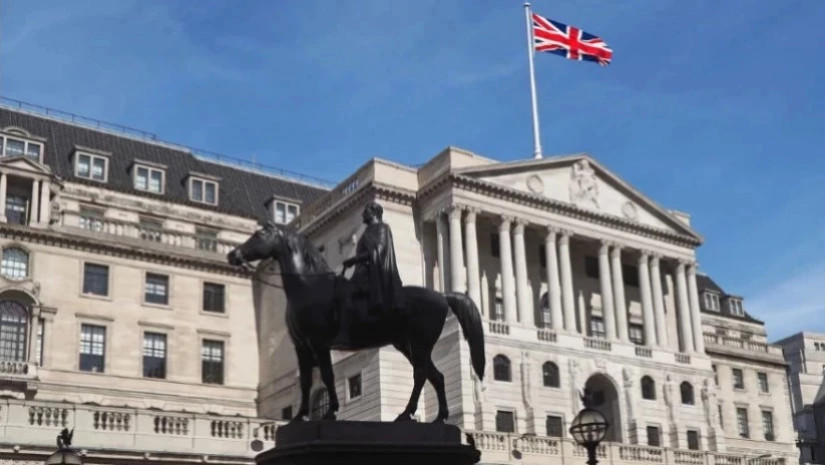The Bank of England has cut interest rates for the first time since the onset of the COVID-19 pandemic in early 2020 as inflationary pressures in the economy have eased.
In a statement Thursday, the bank said that by a 5-4 margin, its policymaking panel backed a quarter-point reduction in its main interest rate to 5%, from the 16-year high of 5.25%.
It’s the latest central bank to cut interest rates following a long stretch of increases. The U.S. Federal Reserve has yet to take the step but many think it will be ready to next month.
Many economists thought that the Bank of England, which is independent of government, would join the Fed in keeping rates on hold once again given persistent price pressures in the services sector, which accounts for around 80% of the British economy.
Though those concerns remain, certainly among the four opting to keep borrowing rates on hold, the majority on the panel think the hard medicine of higher borrowing costs has worked, with inflation in the U.K overall down at the bank’s target of 2%.
“Inflationary pressures have eased enough that we’ve been able to cut interest rates today,” said Bank Gov. Andrew Bailey, who voted for a cut. “But we need to make sure inflation stays low, and be careful not to cut interest rates too quickly or by too much. Ensuring low and stable inflation is the best thing we can do to support economic growth and the prosperity of the country.”
Central banks around the world dramatically increased borrowing costs from near zero during the coronavirus pandemic when prices started to shoot up, first as a result of supply chain issues built up during the pandemic and then because of Russia’s full-scale invasion of Ukraine which pushed up energy costs.


















